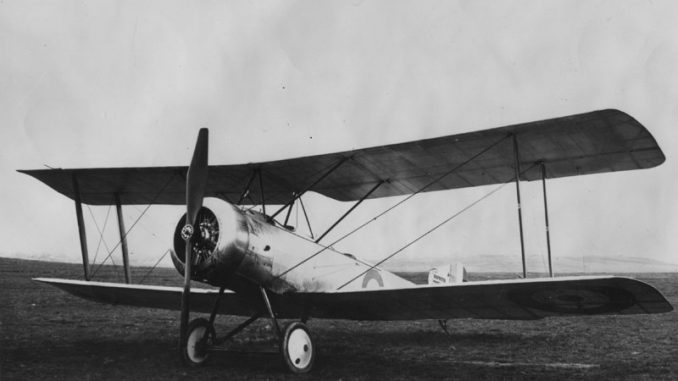
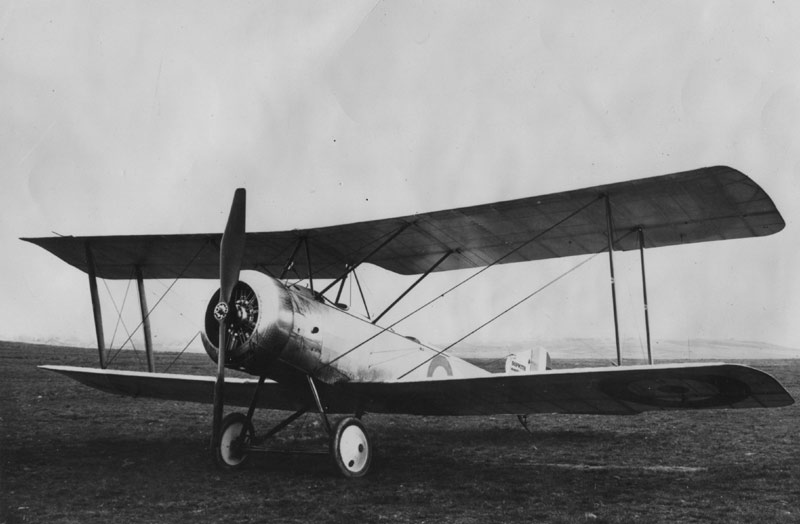
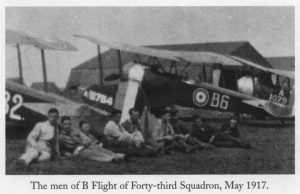 After much discussion and consideration, the Museum of Flight settled on the Sopwith LCT 1½ Strutter, which while not necessarily the best known aircraft of its period, it was chosen because of the strong influence this design had on many subsequent aircraft, including the Sopwith Pup and the Camel. Appearing first in December 1915 and a product of the powerful design team of Sopwith, Sigrist and Hawker, it was initially powered by a 110 HP Clerget 9B rotary engine. It was the first British aircraft to have a fixed forward firing gun using an interrupter gear. Another novel feature of the plane were in-flight adjustable incidence tailplane and flaps. The center wing supports consisted of a “W” structure to save weight. Because of the “one-and-a-half” (long and short) pairs of cabane struts supporting the top wing, the plane came to be called the “1½ Strutter.”
After much discussion and consideration, the Museum of Flight settled on the Sopwith LCT 1½ Strutter, which while not necessarily the best known aircraft of its period, it was chosen because of the strong influence this design had on many subsequent aircraft, including the Sopwith Pup and the Camel. Appearing first in December 1915 and a product of the powerful design team of Sopwith, Sigrist and Hawker, it was initially powered by a 110 HP Clerget 9B rotary engine. It was the first British aircraft to have a fixed forward firing gun using an interrupter gear. Another novel feature of the plane were in-flight adjustable incidence tailplane and flaps. The center wing supports consisted of a “W” structure to save weight. Because of the “one-and-a-half” (long and short) pairs of cabane struts supporting the top wing, the plane came to be called the “1½ Strutter.”
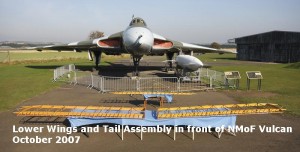
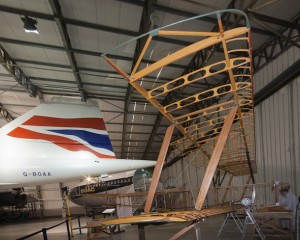
(Image Credit: APSS)
The Sopwith 1½ Strutter is a wholly owned and self financed APSS project which was established with funds given in memory of Mr Bob Drummond. This generous donation has allowed the purchase of plans and start-up materials. The main source of finance has been public contributions, an early grant from New Horizons Trust and the sale of APSS owned airframes. APSS would welcome any financial support towards the substantial cost of completing this aircraft.
Born in Milan, Italy, Moreno moved to the U.S. in 1999 to pursue a career as a commercial pilot. His aviation passion began early, inspired by his uncle, an F-104 Starfighter Crew Chief, and his father, a military traffic controller. Childhood adventures included camping outside military bases and watching planes at Aeroporto Linate. In 1999, he relocated to Atlanta, Georgia, to obtain his commercial pilot license, a move that became permanent. With 24 years in the U.S., he now flies full-time for a Part 91 business aviation company in Atlanta. He is actively involved with the Commemorative Air Force, the D-Day Squadron, and other aviation organizations. He enjoys life with his supportive wife and three wonderful children.


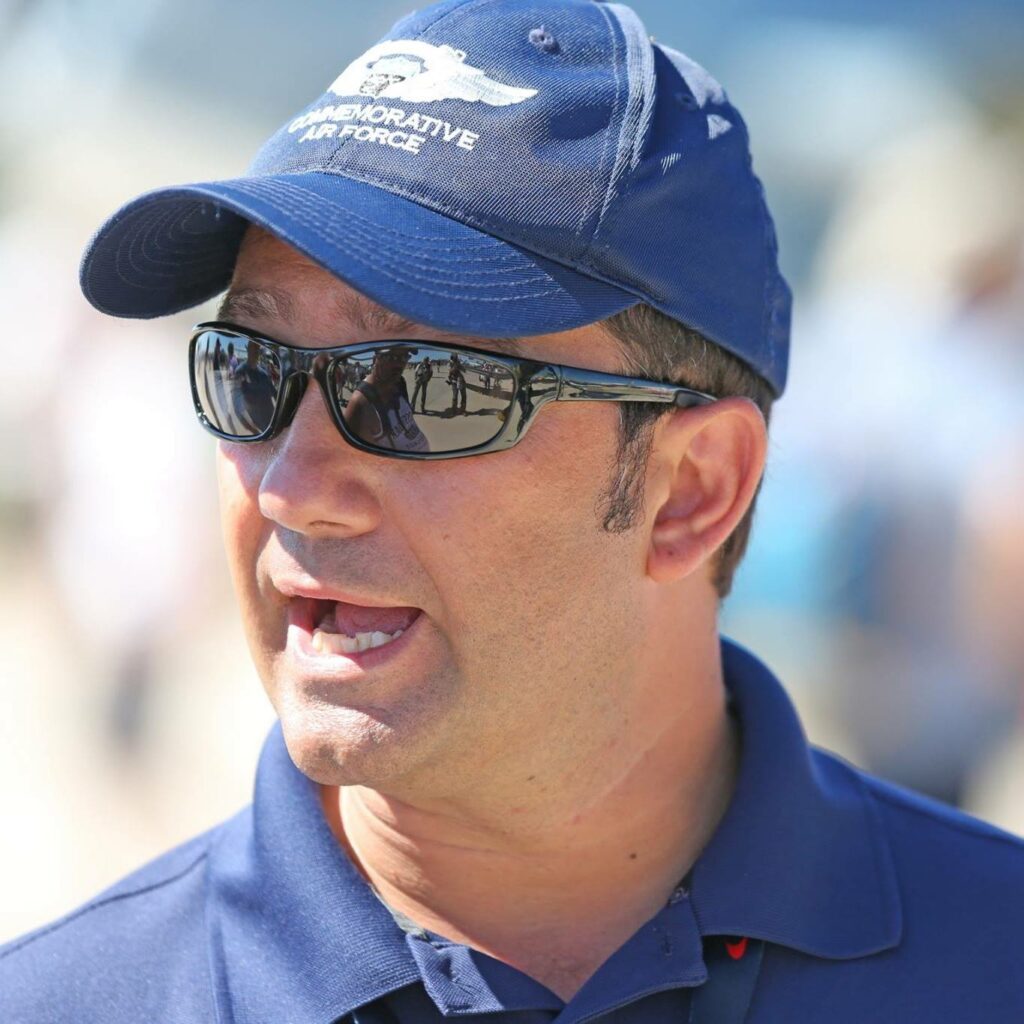

Dear Warbirds News,
Just a very small point.
Royal Air Force squadrons are never refered to as ‘the Forty-third Squadron’ for example. They should be called ‘No 43 Squadron’ or, alternatively, ’43 Squadron’, or sometimes in conversation, just ’43’. There are a few rare exceptions, e.g. 20 Squadron is written ‘XX’ Squadron.
Cheers
Ross Sharp
Hey Ross,
I try my best to use the correct terminology when writing about furrin’ Air Forces. When looking for my error I was heartened to discover that this particular mistake was in the photo sourced from the APSS themselves. Whew! 😀
Like your site BTW, good reading.
Roger
Thanks for finally talking about > Aviation Preservation Society of Scotland’s Flying Sopwith 1½ Strutter < Liked it!